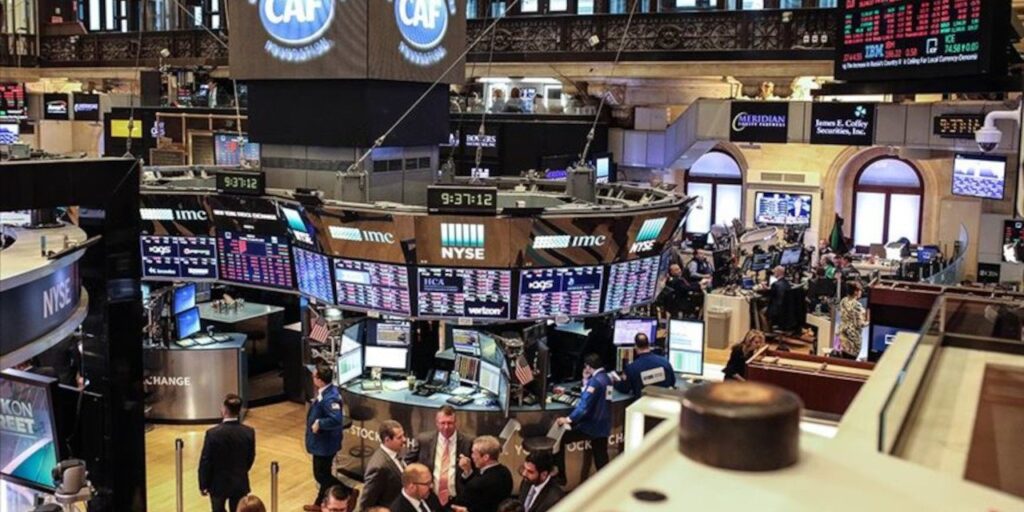At the close of trading, the Dow Jones Index rose more than 250 points, or 0.67%, to 39,411.21 points.
The S&P 500 index fell 0.31 percent to 5,447.87 points, while the Nasdaq index fell 1.09 percent to 17,496.82 points.
Stocks were mixed on the first trading day of the week amid uncertainty over what steps the Federal Reserve will take next fiscal year and continued selling pressure on Nvidia and some other semiconductor stocks.
Analysts said growth data due in the U.S. this week could give further clues about the roadmap the bank will follow, and investors will also follow verbal guidance given by Fed officials throughout the week.
Analysts said data on the Core Personal Consumption Expenditures Price Index, which the Fed considers a gauge of inflation, on the final trading day of the week could increase market volatility and that these data could change pricing in money markets.
Nvidia shares, which fell more than 3% last Friday, were down nearly 7% on the day.
Among other semiconductor companies, Qualcomm shares fell 5.5 percent, while Arm Holdings shares fell about 6 percent.
Broadcom shares also fell nearly 4% following news over the weekend that China’s ByteDance is working with U.S. chip designer Broadcom to develop advanced artificial intelligence processors.
It’s worth noting that shares of former President Donald Trump’s media company, Trump Media & Technology Group, have risen more than 21% after falling about 30% last week.
Meanwhile, the price of Bitcoin has fallen by over 7% in the past 24 hours, dropping below $60,000, while shares of cryptocurrency exchange Coinbase also ended the day down 6%.
Comments from Federal Reserve officials will also be closely watched, with Chicago Fed President Austin Goolsbee saying improving inflation data will raise questions about whether interest rates are too high.
“If inflation continues on the trajectory that we’ve seen over the past month and the rest of the real economy continues to slow, then you have to question whether we should continue with such restrictive policy,” Goldsby said.
San Francisco Fed President Mary Daly also stressed that while great strides have been made on inflation, there is still more to be done.
Daly said it would be appropriate to keep policy rates high for an extended period of time if the decline in inflation turns out to be more gradual than expected, and it would be appropriate to keep policy rates high if inflation falls too quickly or the labor market softens more than expected, and it would be necessary to cut interest rates.


